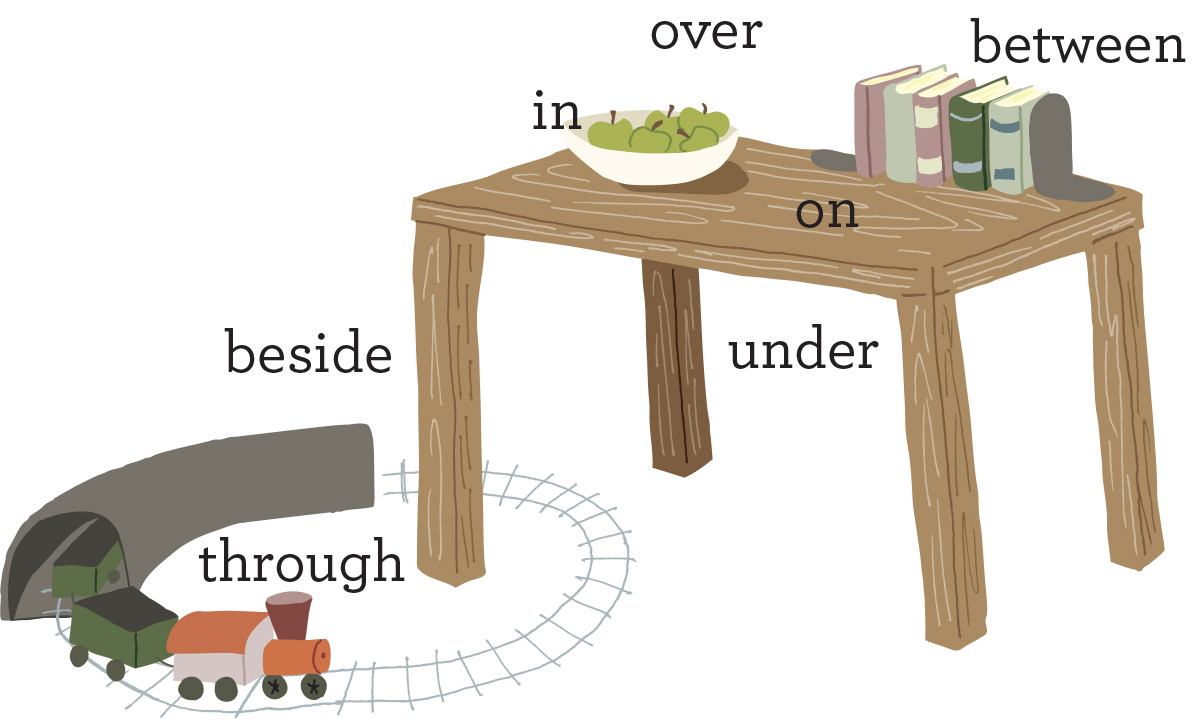 Maybe you have been able to try out a few of the ideas from my previous post. When you establish the practice of asking questions when the students are in line, it is easy to add activities to practice listening and speaking skills while you reinforce previously introduced stylistic techniques and subject content.
Maybe you have been able to try out a few of the ideas from my previous post. When you establish the practice of asking questions when the students are in line, it is easy to add activities to practice listening and speaking skills while you reinforce previously introduced stylistic techniques and subject content.
Two habits you want to instill quickly are requiring that the students speak in complete sentences and that they listen to an answer given so that they can immediately recall it.
It would sound something like this. Ask one student a question in his subject content. “What happened in 1492?”
The student might respond, “What happened in 1492 was that Columbus discovered America.” We all are familiar with awkwardly constructed sentences like this, but this is where you coach them to think concisely.
“Yes, Johnny, you are correct. Now would you like to know a way to say that with less words?” Be prepared for their resounding yes!
“Columbus discovered America in 1492.” Enjoy the look of surprise when they realize that it is that simple.
“Now, Mary, we have our sentence. Please begin it with a prepositional phrase. Is there one in the sentence that we can move to the front?”
“Yes!” squeals Mary, “in 1492. In 1492, Columbus discovered America. Hey, that is a very short sentence.”
“Excellent job! Now, class, I will ask the question again. What happened in 1492?”
The whole class recites, “In 1492, Columbus discovered America.” Every time you ask that question for the rest of the week, you receive that sentence.
This activity generates wonderful questions to reinforce more ideas such as, “Would I count that as a very short sentence or as a prepositional opener?” and “What if the sentence didn’t have a prepositional phrase?” Their willingness to ponder these thoughts increases—maybe because they don’t feel the same pressure there as they do sitting at their desk trying to finish an assignment.
This practice accomplishes multiple goals.
- Students learn to listen to the exchange because they will need to immediately verbalize the final fact.
- They figure out quickly they are creating the best possible sentence to answer that question, which is more helpful than just knowing the answer.
- As you require different stylistic techniques such as a strong verb or www. asiab clause, they apply their writing lessons to other subjects.
- They practice speaking in complete sentences and removing unnecessary fillers such as like and um.
When you brainstorm word lists, it is a good idea to leave them up for a while so that when students are in line, they can have some ready choices from the words they had just listed. If you use the large Post-it® notes to write the word lists, move them to where students line up.
Let me know how it goes. I love to hear your stories.
